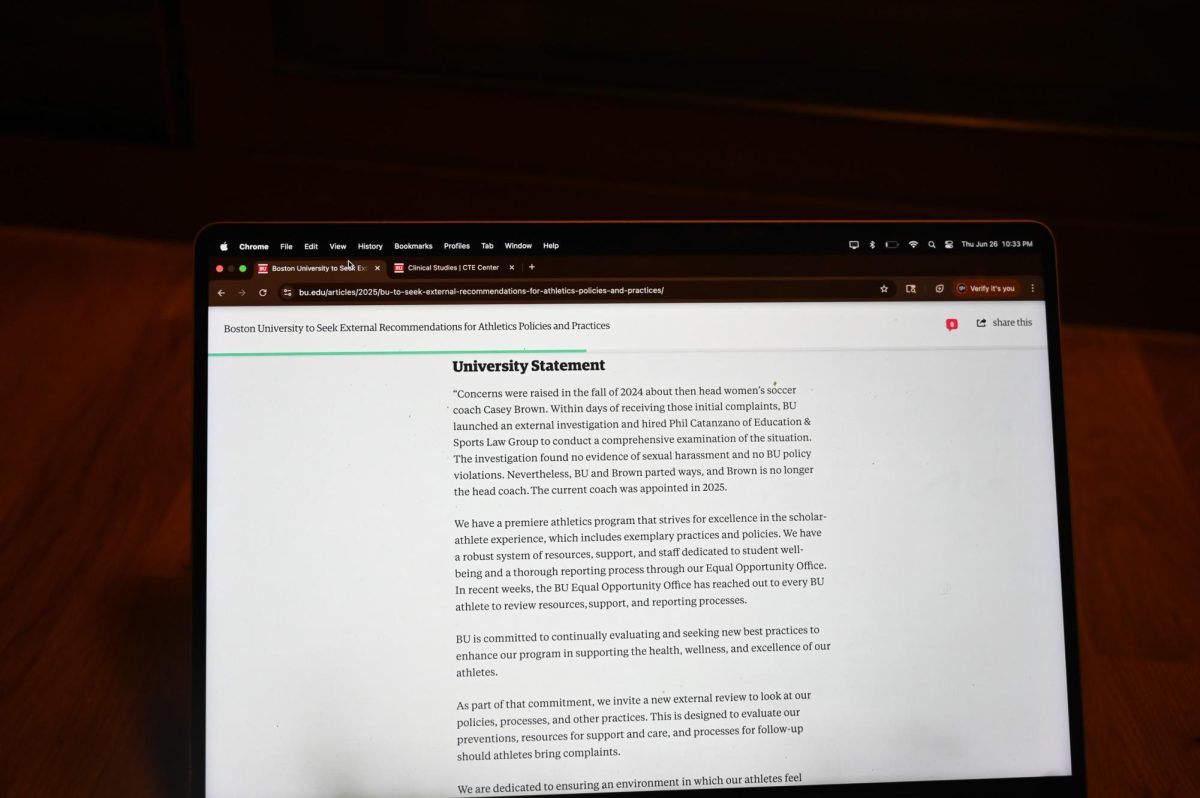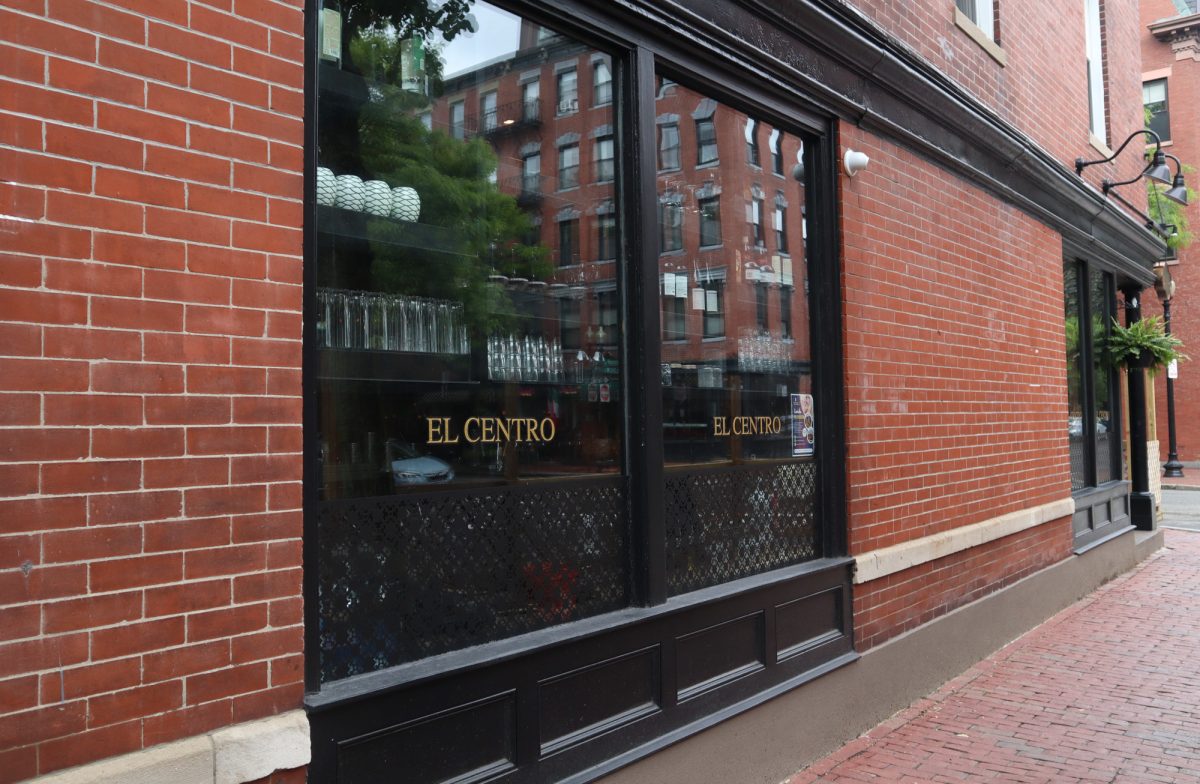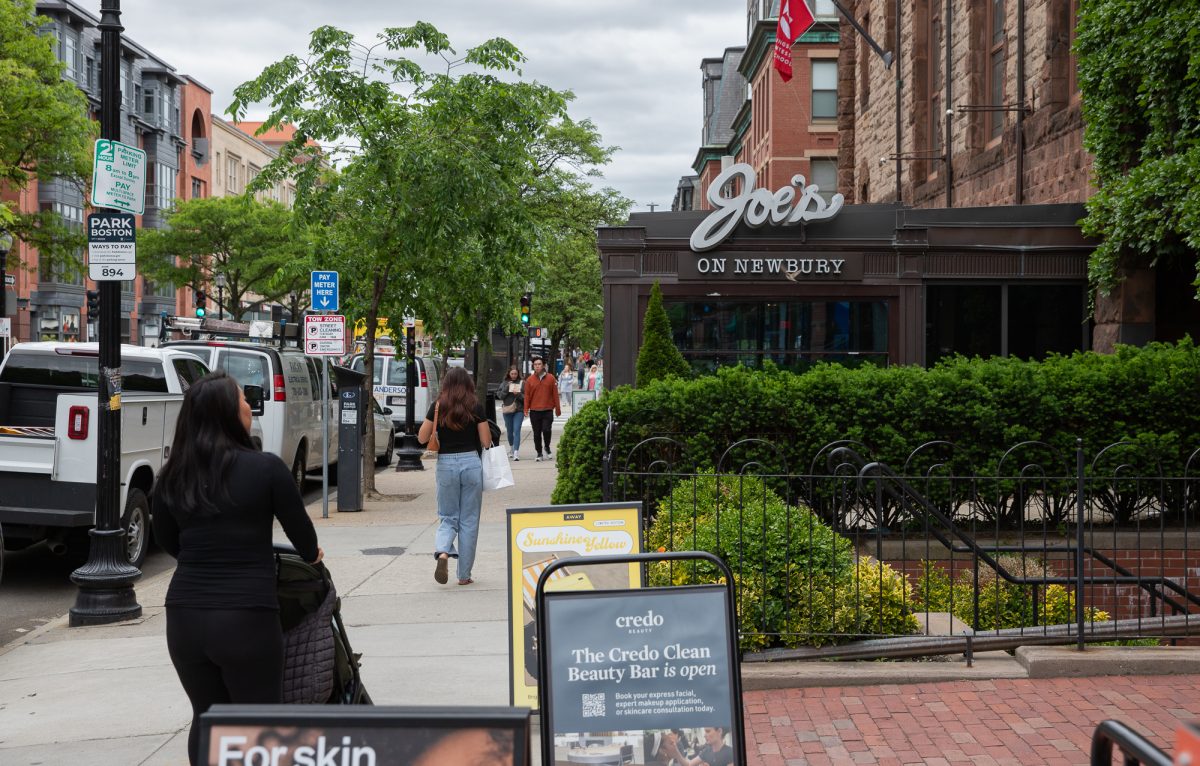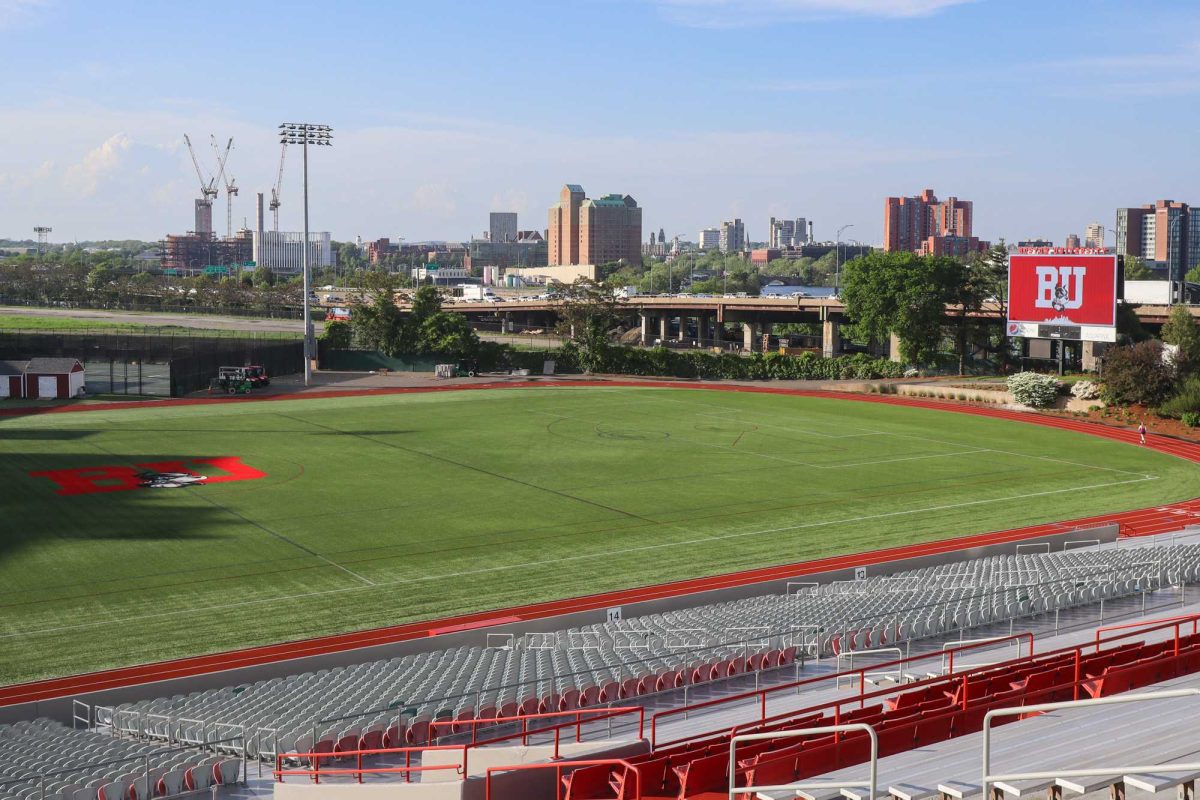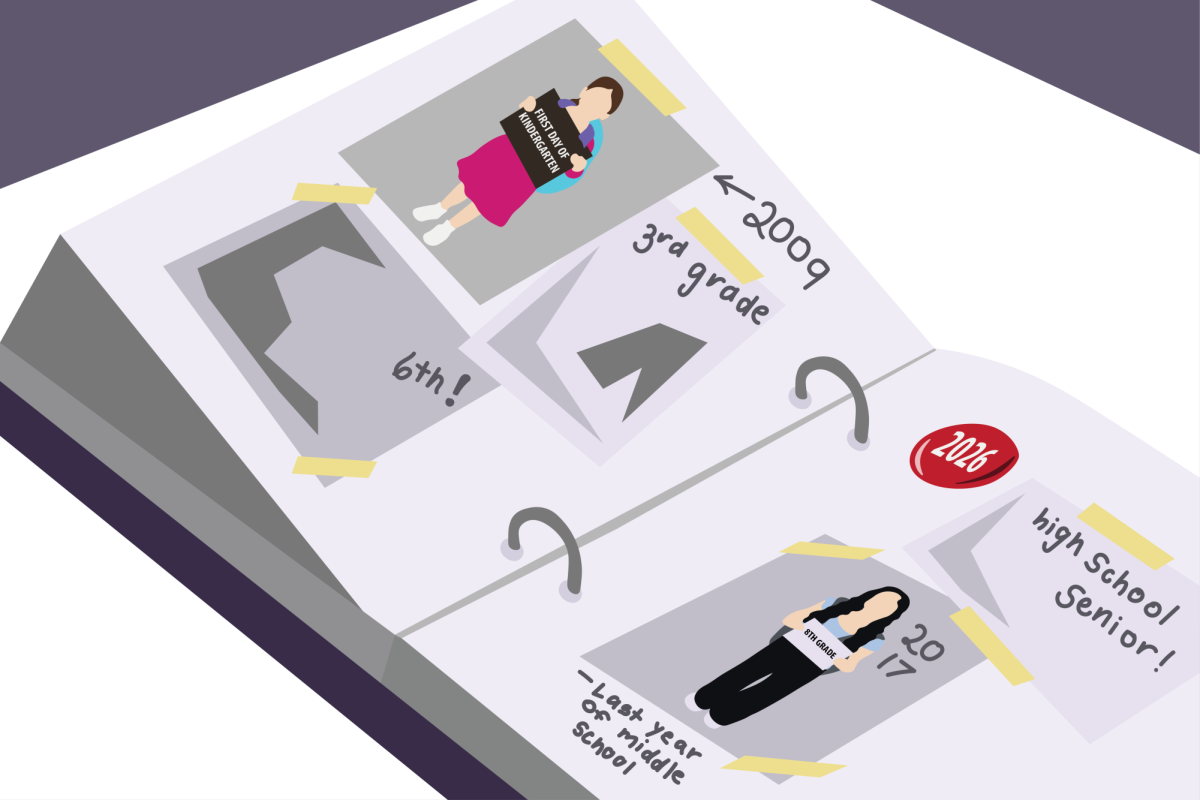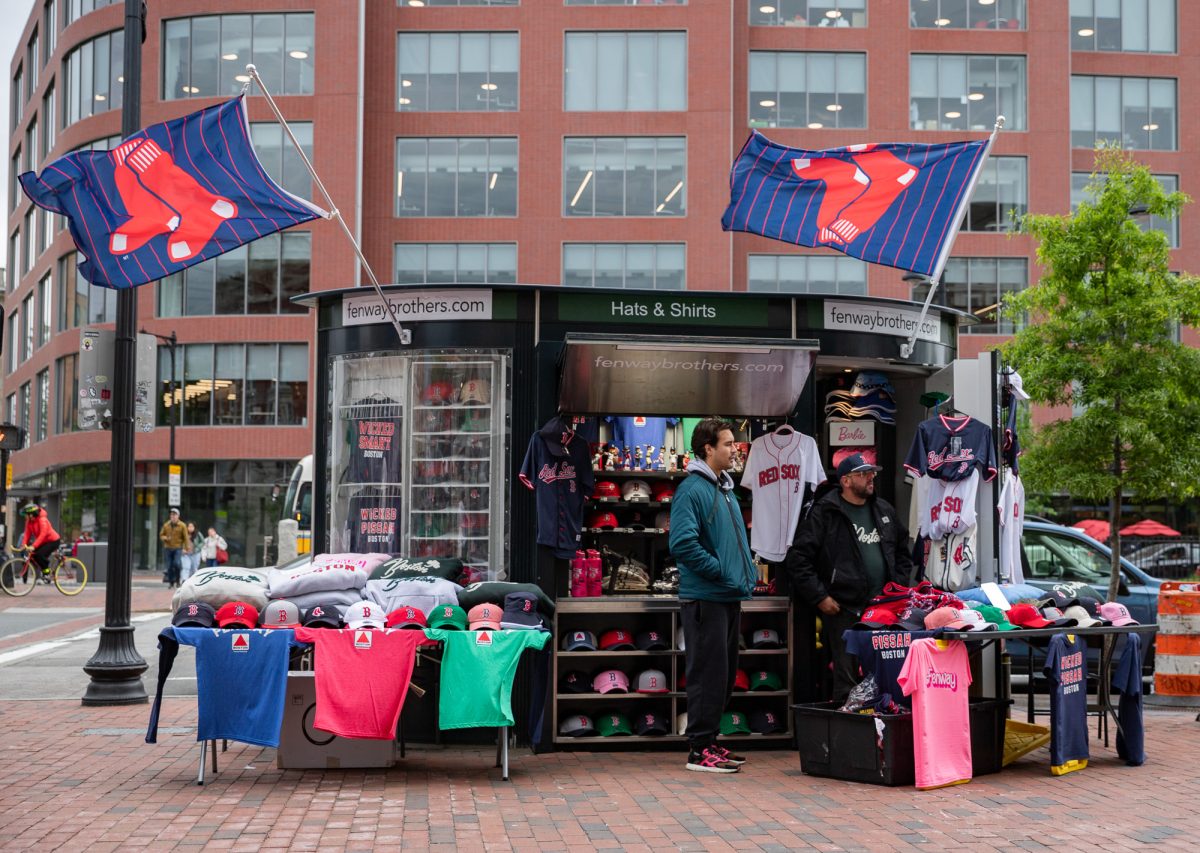Urban homelessness has a distinctive face for many Bostonians — that of a familiar person along a route through a neighborhood or on the way to work or class — but many may have trouble setting a figure for the number of men, women and children who are either homeless or living in transitional programs in the city. The statistic, pegged at 6,636 last December, includes many who escape the purview of daily routine — women, children and families are representing more of the homeless population than in past years, according to the annual census taken by the City of Boston.
The task of counting the homeless, especially those who may be less conspicuous than the single man who is often associated with urban homelessness, falls upon volunteers and shelter workers who commendably take up the impossible job to improve the level of services available to the homeless to get them back into the system. When the city conducts its annual survey Dec. 18, the diligent work of volunteers will likely be complicated by changing homeless demographics with different habits and altered city policies. Since last year’s census, the city has instituted a curfew on the Boston Common meant to curtail drug use and violence in the park and expected to prompt the relocation of the homeless into other locales, according to an Aug. 30 Boston Globe article.
The hard work of volunteers and their shocking findings demands recognition from politicians in the form of changes to the policies that are pushing people out of their homes. Last year, the census found that the number of homeless children increased by 55 percent to 1,540 during the last decade, and the number of women without permanent housing likewise increased by 57 percent to reach 1,669 over the same period. The end of rent controls and increased property values in all neighborhoods has contributed to this trend. People simply can’t afford housing, said Boston University professor Deborah Belle. These housing trends, which can in part be countered by policy, demand the attention of legislators at the city and state level.



